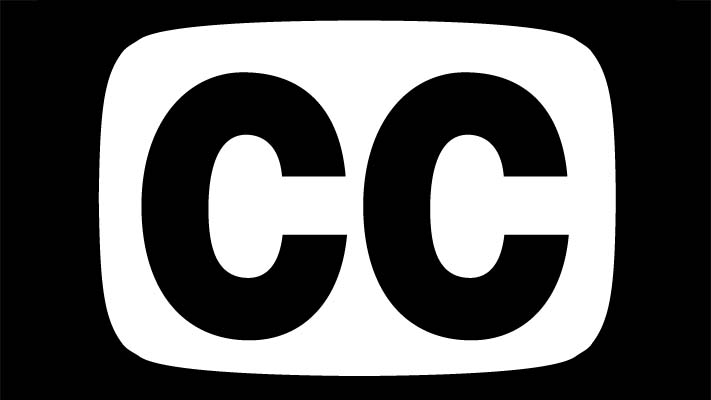Dolby C: How Dolby Sees It
Alert readers will recall that I've been ranting about "bad audio" for a number of months, and that in my last outing I took on some of the unintended consequences arising from the long-term use of Beta SP and Dolby C in combination. Specifically, I looked pretty hard at Dolby C, as a number of readers have written in to suggest that it is a major contributor to the "bad audio" problems that plague broadcast TV.
Naturally, Dolby has some opinions on the subject, and wanted to have a say about their view of the whole problem. I promised to devote a column to this, and so, after an interview with Jim Hilson, Dolby Lab's senior broadcast audio specialist, here is Dolby's take on the issue.
NOISE REDUCTION WARS: A BRIEF HISTORY
Dolby A came on the scene around 1967, followed a year or so later by Dolby B. Dolby A is a professional noise-reduction system that uses four separate bands of companding. Dolby B is a consumer equipment system that uses one band of companding, concentrating on high frequencies. Dolby A yields about 14 dB of noise reduction and Dolby B yields about 10 dB. Keep in mind that those noise reduction numbers are simplifications of what is really going on, but they are the primary numbers used to describe noise reduction performance by marketing departments (you might want to read the section on "The Meaning of Specs" in my book "Total Recording" for more information on this).
Dolby was successful with these systems and so competition sprang up, most notably dbx, which was introduced around 1972. dbx used a different approach to companding than either Dolby A or Dolby B, and naturally there were many arguments about the relative quality of each system. Without getting into it, note that dbx claimed 20 dB of noise reduction, which naturally appeared to significantly outperform either Dolby A or B. For a variety of reasons, Dolby chose not to modify Dolby A, but around 1980, they did create a new system called Dolby C, which was in many respects equivalent to a pair of Dolby B circuits in series. Interestingly, and not coincidentally, Dolby C was advertised as yielding 20 dB of noise reduction.
Such a system is, of course, more prone to errors and audible artifacts (as was dbx's system) in comparison to either Dolby A or B. But its specs were competitive with dbx.
DOLBY AND BETA SP
Sony's Beta video recording format became the staple of professional video production. The first Beta professional decks evolved into Beta SP, a professional video recording production format that ultimately became ubiquitous.
And here's where it gets interesting, in terms of Dolby. According to Hilson, Beta SP was designed with noise reduction in mind. Dolby C was specified as part of the default audio capability. The cassette shells for Beta SP tapes were fitted with a notch in the shell which activates Dolby C as the default operating condition for Beta SP.
Earlier shells for Beta Pro don't have such a notch -- when played back on a Beta SP deck, Dolby C has to be selected manually. The only time Dolby is not to be used is when playing back un-encoded Beta Pro tapes. Naturally, the non-Dolby performance of the Beta SP deck was not considered to be important, and was in fact, marginal, according to Jim.
So, for all our complaining, it turns out that Dolby C is both integral and essential to the Beta SP format. Not an option, but a necessity. Hmmm -- puts things in a different light, as they say.
AUDIO EDUCATION
The most important part of this has to do with knowledge. Dolby has made a point of developing a substantial Web site, (www.dolby.com) which includes a comprehensive history of the company and extremely detailed presentations of all of their technology, many available as .pdf files.
Jim makes the entirely reasonable case that it is incumbent upon the users of the technology to familiarize themselves with the technology. This is particularly true in the Beta SP/Dolby C case, where the format is essentially an integrated one.
For starters, I recommend that a cursory reading of the Dolby history (www.dolby.com/company/) is useful. Then go to the noise reduction pages (www.dolby.com/tech/#head4) and wade through Ken Gundry's series of pieces on the principles of noise reduction (www.dolby.com/ken/), aka "Ken's Corner." You may learn far more than you want to know about noise reduction, but this is a really useful primer for a difficult subject.
It will be especially illuminating for those of us who got into this business after digital audio replaced analog audio for most recording and production purposes, say, 10 years ago. Then, for more specifics, read www.dolby.com/cassette/bcsnr/, which includes detailed discussions of Dolby B, C and S noise reduction systems.
There's lots more. Of specific current interest to this readership is a page devoted to TV audio, (www.dolby.com/tvaudio/). It focuses, of course, on surround production, Dolby Digital and the like, and it is specifically oriented to the readers of TV Technology.
If you're like me, you'll find a real treasure trove of trivia and not-so-trivia throughout the Dolby site. I particularly like the Dolby Guide to Metadata (www.dolby.com/metadata/pa.st.0102.MDGuide.pdf), which is the basis of one of my next articles.
What does it all mean? Dolby's technology is powerful and effective stuff. It is also not for dummies, a thought that illuminates a more basic verity of audio, which is: It's hard to do audio, and it's really hard to do it well. As Jim put it, in our conversation, "There's a sense among some TV engineers that, if the meters are moving, the sound must be OK. That simply isn't good enough." I agree.
Thanks for listening.
The professional video industry's #1 source for news, trends and product and tech information. Sign up below.

